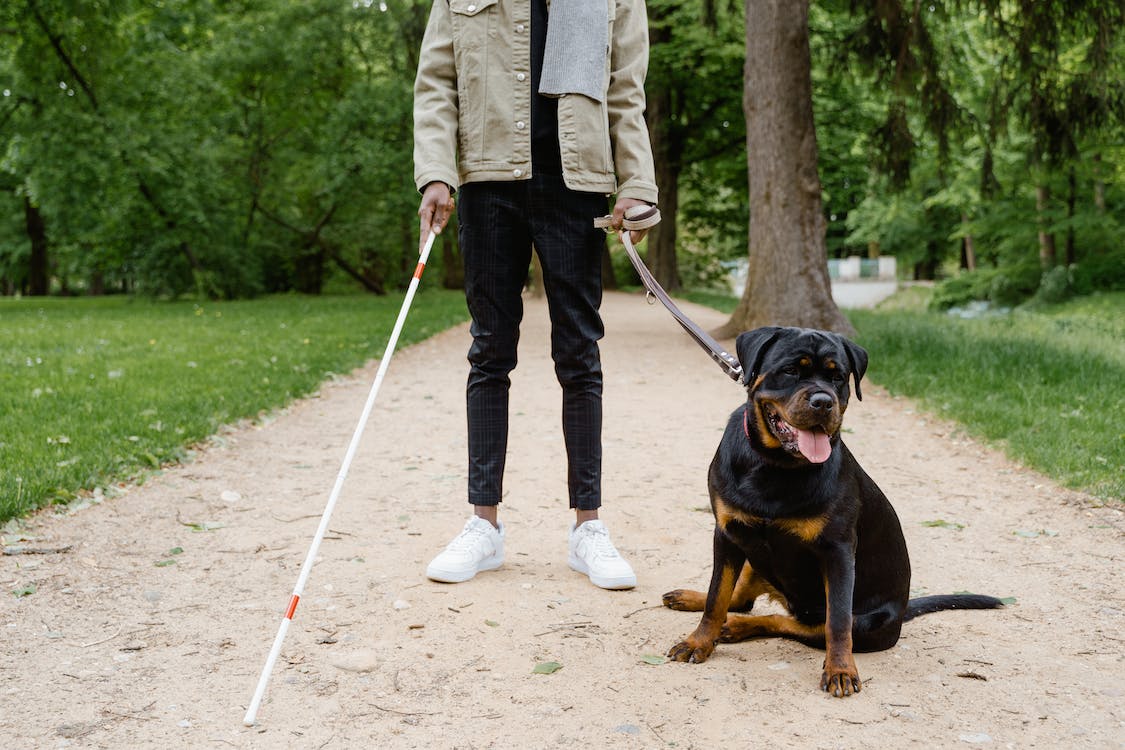Are you looking for a unique toy dog? The Brussel Griffon is one breed that any dog lovers would surely love. It is a toy dog that has distinct characteristics that make it shine among other breeds. Its nature and appearance make it far unique compared to other dogs. Furthermore, the Brussel Griffon is devoted to its family, even with children, an excellent family companion.
In this article, we are going to look into the origins and characteristics of the Brussels Griffon. Furthermore, what are the best practices in taking care of this toy breed?
Origins of the Brussels Griffon
Griffon dogs were a popular breed in Europe for hundreds of years ago. They originated in the 19th century in Brussels – the capital city of Belgium. Similar to other dogs, the Brussels Griffon has a fascinating history that paved its way to being the adorable breed that it is today.
As strange as it seems, people used to keep Griffons to prevent rats from intruding stables and houses. They used various breeds similar to Affenpinschers, which they, later on, crossed other breeds to develop a new dog. No accounts stated that the cross-breeding was a success, but dog breeders claim that various breeds were used to produce the Brussels Griffon.
The popularity of the Brussels Griffon drastically rose during the 1870s when the Queen of the Belgians – Henrietta Maria – showed interest in the breed. Because of the royal treatment given to the Griff, it continued to have a healthy population over the years. The greatness of the Brussels Griffon sparked the interests of many dog breeders, which led to further developing its breed. After years of countless breeding, the Griff reached the current stage today – having a smaller body and a more human-like face.
Due to the Brussels Griffon’s royalty, it didn’t take long for it to gain recognition in other parts of the globe. This incredible breed reached England and America – boosting its popularity. However, similar to many European breeds, the Griff was on the brink of extinction after the two World Wars. Thankfully, several dog lovers devoted to restoring this breed, and many others, back to their former glory.
Characteristics of the Brussels Griffon
Height: 7 – 10 inches
Weight: 8 – 10 pounds
Life Expectancy: 12 – 15 years
Hypoallergenic: No
The Brussels Griffon is a toy dog. It is a small breed that could only stand up to ten inches tall and weighs up to ten pounds. Its appearance is quite elegant because of its beautiful coat and human-like facial features. Just by looking at its physical characteristics, it is evident why early breeders consider this dog a royal pet. Another distinct feature of the Brussels Griffon is its beard – which is why dog lovers give it the nickname ‘bearded dog.’ It has a unique body and face that is truly adorable.
Apart from its magnificent appearance, the Griff is also a lovable dog because of its nature. It is highly intelligent and friendly, making it a very trainable breed. This feature is combined with its incredible energy and agile body, resulting in a very remarkable dog.
Moreover, the Brussels Griffon is a pretty devoted breed towards its family. One word to define this dog is ‘loyal,’ since it is prone to build a deep companionship with its master. However, one downside of the Griff is its small body, and sensitive nature makes it an unfavorable dog for children. Furthermore, they are more prone to loneliness, which is not suitable for people at work most of the time. Despite this nature of the Griff, it still proves that it is a breed that any dog lover would surely love.
Caring for the Brussels Griffon
Brussels Griffons are dogs that work best with high-quality dog food, but homemade meals are also acceptable as long as your local vet approves them. Because they are highly energetic and trainable, treats are one option that could help in their training. However, both treats and dog food should be given in moderation since overfeeding them could lead to obesity.
In terms of their grooming, make it a habit to brush their coat weekly to remove dead hair. Give them an occasional bath or as needed to remove dirt – keeping them clean and healthy. Another thing to consider is trimming their beard to make them look fresh and clean.

